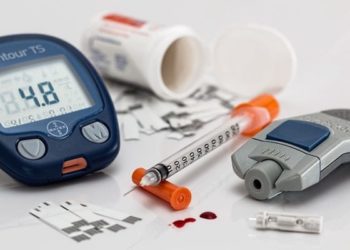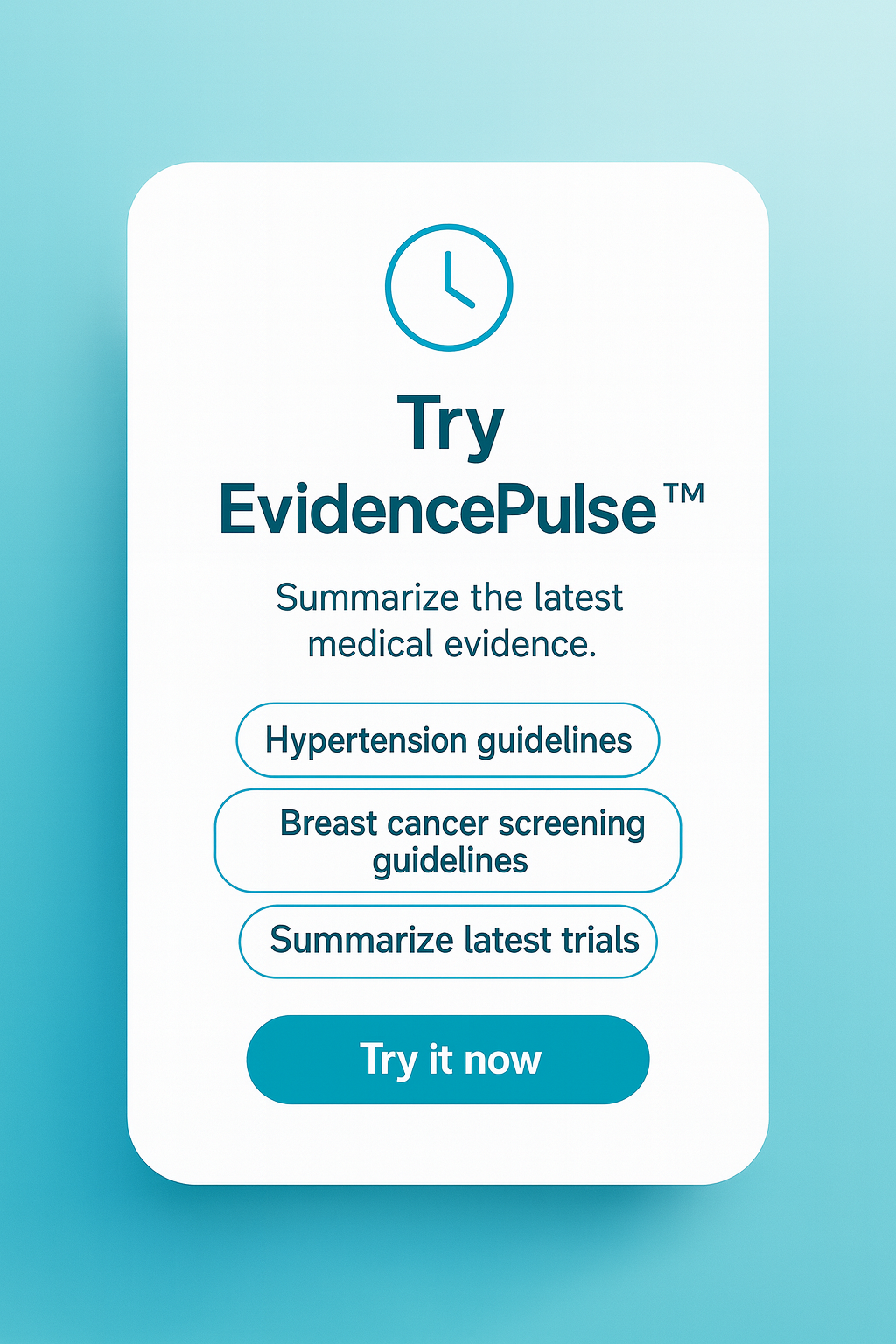All glucose-lowering medications effective, but some offer lower hypoglycemia risks
1. There was no difference in cardiovascular or all-cause mortality between any of the various glucose-lowering agent combinations
2. Each drug combination had a different profile with regards to body weight, risk of hypoglycemia, and risk of treatment failure, indicating that diabetic regimens should be personalized.
Evidence Rating Level: 1 (Excellent)
Study Rundown: There are numerous glucose-lowering agents on the market today for the treatment of Diabetes Mellitus, Type 2. Although metformin, sulfonylureas, and insulin remain the mainstay of treatment, recent studies have shown that certain newer agents, like thiazolidinediones, GLP-1 agonists, DPP-4 antagonists, SGLT-2 inhibitors, and alpha-glucosidase inhibitors may have specific advantages, including decreased cardiovascular mortality. This systematic review and network meta-analysis compared trials between all of the available glucose-lowering agents to determine differences among each drug’s risks and benefits.
Results demonstrated that there were no significant differences in cardiovascular mortality or all-cause mortality between the available glucose-lowering agents. Among all drugs in monotherapy, the use of metformin, SLGT-2 inhibitors, and meglitinide resulted in the lowest HgbA1C levels. However, metformin had the lowest risk of treatment failure compared to other agents. When agents were combined with metformin (or metformin plus a sulfonylurea), there were no statistical differences in the resulting cardiovascular or all-cause mortalities.
It is crucial to understand that this meta-analysis contained significant heterogeneity of studies within each outcome subgroup and carried a high risk of bias. For certain outcomes, there were not enough data to provide sufficient confidence. In summary, these findings support the current diabetes management guidelines, suggesting that metformin monotherapy followed by the personalized addition of an adjunctive medication is a reasonable treatment strategy.
Click to read the study in JAMA
Relevant Reading: Liraglutide and cardiovascular outcomes in Type 2 Diabetes
In-Depth [meta-analysis]: This systematic review with network meta-analysis that compared all available glucose-lowering agents with regards to benefits and risks. Medications analyzed included metformin, sulfonylureas, thiazolidinediones, DPP-4 inhibitors, SLGT2 inhibitors, GLP-1 receptor antagonists, basal insulin, meglitinide, and alpha-glucosidase inhibitors. Studies were included in this analysis if they compared at least two glucose-lowering agents over a minimum of 24 weeks, and consisted of 177 monotherapy, 109 dual therapy, and 29 triple therapy regimens. The primary endpoint was cardiovascular mortality, with secondary endpoints of all-cause mortality, myocardial infarction, stroke, hemoglobin A1C levels, body weight, serious adverse events, hypoglycemia, and treatment failure.
There were no differences in cardiovascular mortality between any of the agents in all treatment networks. For secondary outcomes, monotherapy cohorts demonstrated the highest rates of treatment failure with meglitinide (OR 2.58, 95%CI 1.43-4.66) and lowest with SGLT-2 inhibitors (OR 0.47, 95%CI 0.31-0.71). Basal insulin had the highest risk of hypoglycemia (OR 17.9, 95%CI 1.97-162) while thiazolidinediones had the lowest risk (OR 0.67, 95%CI 0.5-0.88). GLP-1 receptor agonists were associated with a lower body weight while thiazolidinediones were associated with a higher body weight. For dual therapy, there were no statistical differences in secondary outcomes except for metformin combined with an alpha-glucosidase inhibitor, which showed a high risk for treatment failure (OR 12.4, 95%CI 1.84-83.3) and metformin with an SLGT-2 inhibitor with a low risk (OR 0.68, 95%CI 0.48-0.96). Metformin with sulfonylurea dual therapy had the highest risk of hypoglycemia and an increased body weight, while metformin plus an SGLT-2 inhibitor was the best option for avoiding hypoglycemia. There were no differences in cardiovascular or all-cause mortality between any of the drug combinations.
Image: PD
©2016 2 Minute Medicine, Inc. All rights reserved. No works may be reproduced without expressed written consent from 2 Minute Medicine, Inc. Inquire about licensing here. No article should be construed as medical advice and is not intended as such by the authors or by 2 Minute Medicine, Inc.









